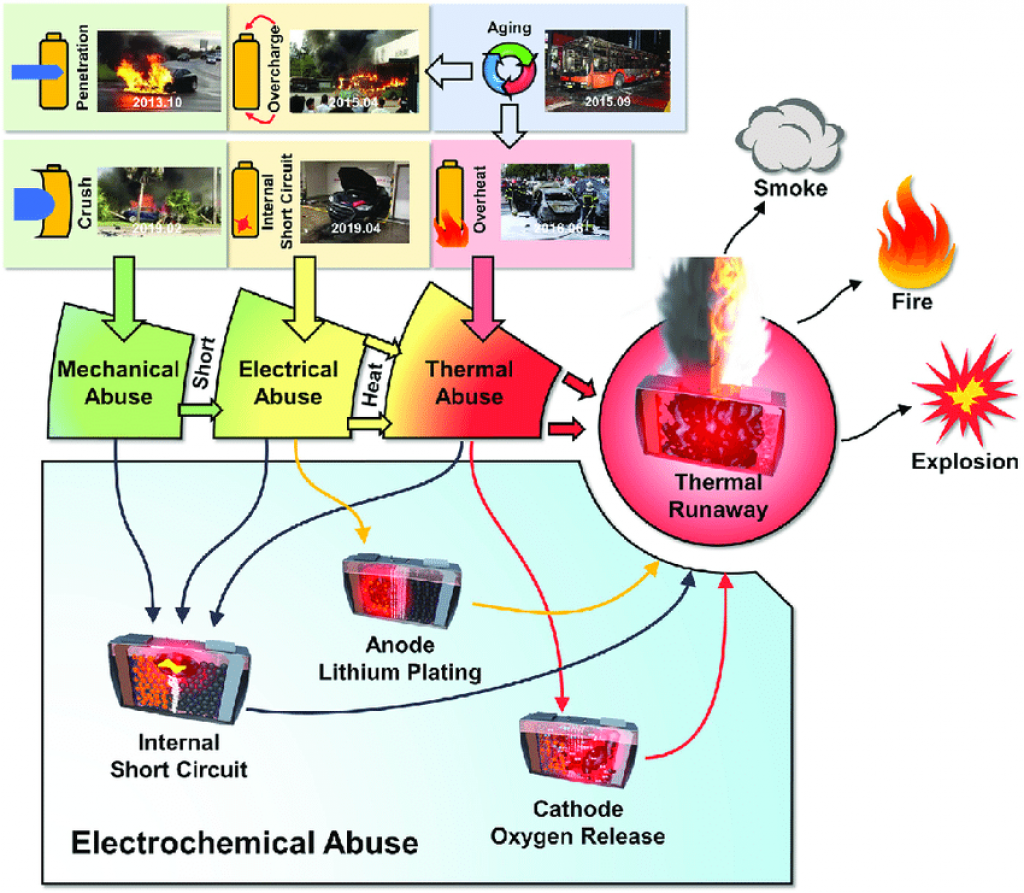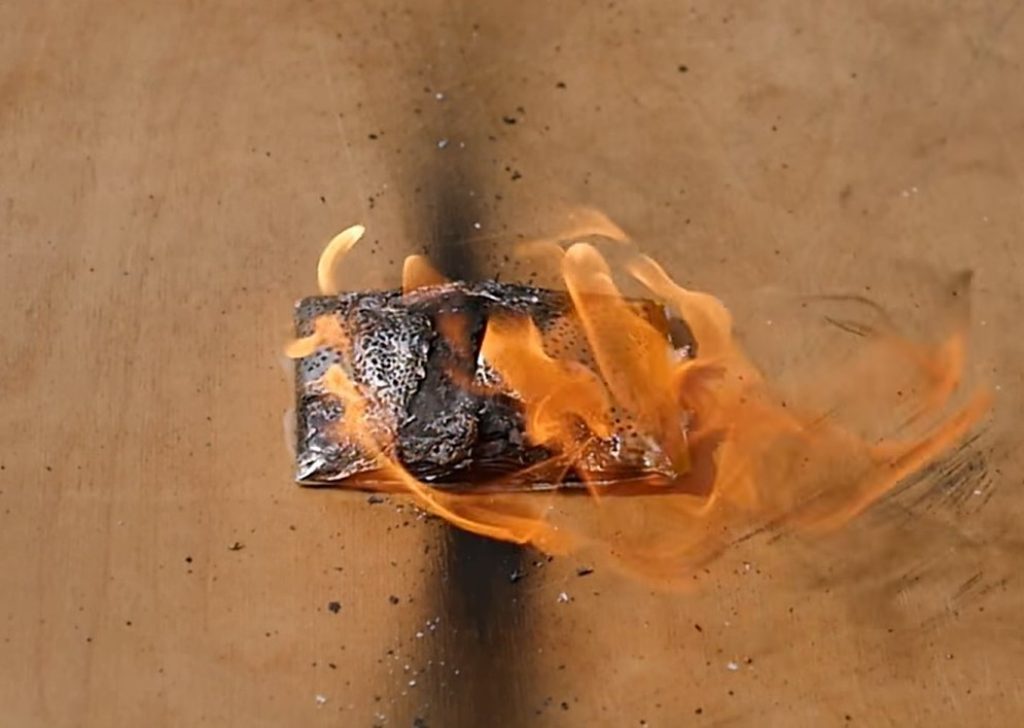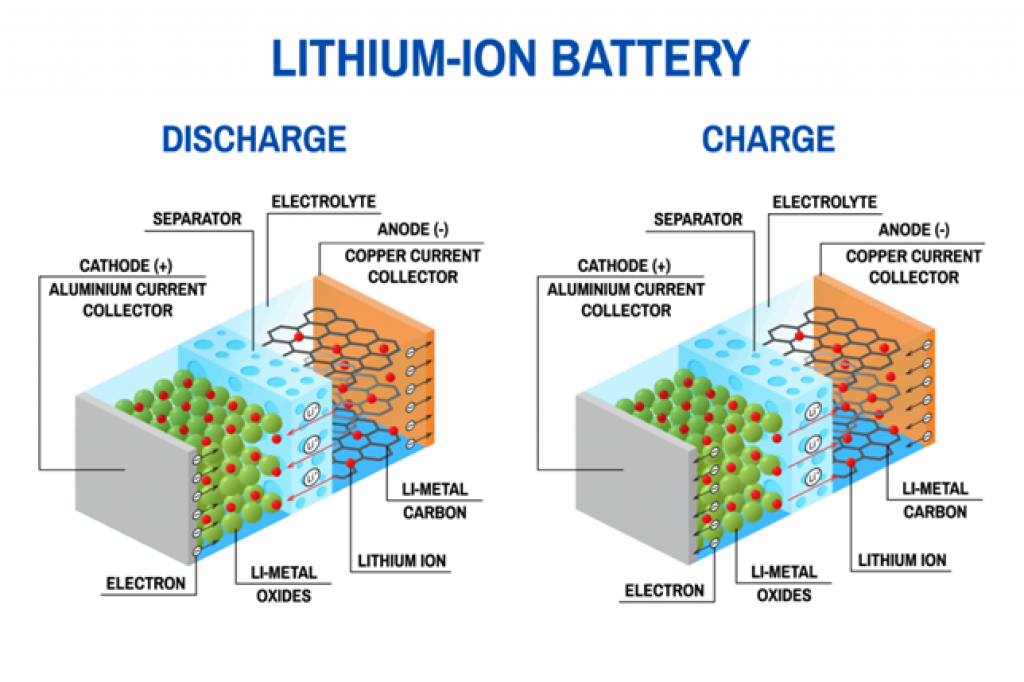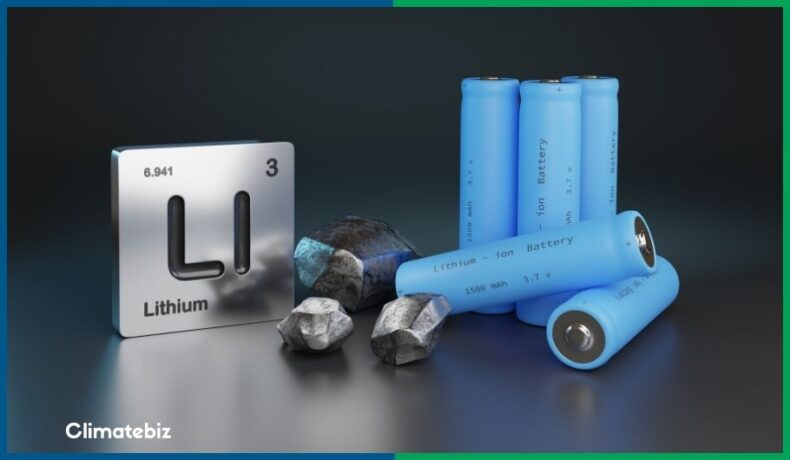“I have a swollen lithium battery; what should I do?”
Nowadays, lithium batteries are the most popular type of rechargeable battery. This is largely thanks to their versatility — you’ll find them in various applications, from smartphones and laptops to electric vehicles and boats.
Lithium batteries offer several advantages over other battery technologies, such as:
- High energy density
- Low self-discharge rate
- Lightweight
- High voltage
- Low maintenance
- Long lifespan
- Safety
Although lithium batteries are built with chemically stable compounds designed to last a long time, they are still susceptible to abuse and swelling.
While swollen lithium batteries aren’t that common, they can pose serious safety risks. For this reason, it’s crucial that you understand how to handle a battery in such a condition.
In this article, we provide a safety guide to swollen lithium batteries. We cover the reasons behind swelling, what to do in the event of swelling, discuss whether it’s possible to reduce the size of a swollen battery, and more.
WARNING: a swollen lithium battery can catch fire and even explode. We do not recommend attempting to “fix” a swollen lithium battery. Instead, we advise that you immediately dispose of the damaged battery. If you decide to remove a swollen battery from an electronic device, proceed with extreme caution and do so at your own risk. Ideally, the best thing to do is seek professional help.
Table of Contents
Why Is My Lithium Battery Swollen?
A swollen lithium battery can be caused by:
- Design/manufacturing errors, low-quality materials
- Aging
- Improper care/mishandling of the battery
Design and manufacturing-related are less common because batteries are carefully inspected before they leave the factory. However, errors can still occur. Remember the Samsung Galaxy Note 7 battery fiasco years ago?
Aging can also lead to swelling because the materials (such as the electrolyte or the electrodes) can degrade over time, reacting in a noncontrolled fashion, resulting in the formation of gases.
The third reason (damage) is much more common. When lithium batteries are damaged, they pose serious safety risks. But how do these batteries get damaged?
Batteries usually become damaged when they undergo abusive conditions, like overcharging or storing at high temperatures.
Let’s take a closer look at battery abuse conditions to better understand what can cause a battery to swell.
Battery Abuse Conditions
3 primary types of battery abuse (or stress):
- Electrical: overcharge, overvoltage, short circuit
- Thermal: high temperatures
- Mechanical: puncturing, denting, etc
These types of battery abuse can damage a battery’s external and internal structure, causing it to react unexpectedly and form gases that cause the battery to swell.

Source: Article “Questions and Answers Relating to Lithium-Ion Battery Safety Issues“
Electrical Abuse
The primary form of electrical abuse is overcharging.
Side reactions can occur when a high current is applied to a battery cell for an extended period (like leaving it charging overnight).
This consumes active material — decreasing capacity and performance — and significantly compromises the battery’s physical and chemical integrity.
Other examples of electrical abuse include overvoltage, under-voltage, undercharge, and short-circuiting.
Thermal Abuse
The electrolyte degrades when a lithium battery’s internal temperature rises significantly, forming gases inside the cell.
This electrolyte degradation/formation of gases and high internal temperature is a very dangerous combo.
The pressure inside the cell can rise so much it can even damage the battery casing, releasing all that heat and gas at once.
Mechanical Abuse
Mechanical abuse is often due to accidents — dropping an electronic device on the ground can dent it and therefore damage the lithium battery.
Then there’s puncturing; puncturing a battery can rupture the separator that keeps the cathode and anode apart. If the electrodes come into contact, it causes a short circuit, and the battery can catch fire.
Electric vehicles equipped with large lithium battery packs are pretty hazardous, especially if they’re involved in a collision. Even a single damaged battery cell can transfer heat to the adjacent cells, furthering the damage.
That being said, it isn’t typical for EV battery packs to catch on fire, but if the pack is physically damaged during a vehicle collision, a lot of energy can be released as heat, burning the entire car. Moreover, once a lithium-battery pack-induced fire starts, it’s tough to extinguish.

Source: nbcnews.com
Related Reading: Cost of Lithium Batteries (15 Solar Brands Compared)
Is It Normal For A Lithium Battery To Swell?
No, a “healthy” lithium battery is not supposed to swell.
Swelling indicates that the battery is malfunctioning, most likely due to side reactions within the battery cell resulting from abuse.

Usually, a swollen lithium battery is the result of heat and gas build-up, which occurs when materials inside the battery degrade or are subjected to stress/physical damage over time.
Therefore, if a battery is swollen, it’s damaged and should no longer be used.
Remember: a healthy, efficient lithium battery will not swell.
Can You Reduce A Swollen Lithium Battery’s Size?
Unfortunately, no.
If a lithium battery cell is swollen, it means something unexpected/undesired occurred inside the battery cell, forming products from side reactions, like gases.
Attempting to reduce a swollen lithium battery’s size involves dealing with dangerous chemicals, which could lead to a fire or even a small explosion.
As such, it is not worth trying to reduce a swollen battery’s size.
Why You Shouldn’t Try To Reduce The Size Of A Swollen Lithium battery
To reduce a swollen lithium battery’s size, you would have to break the battery casing to release the gases (which can be harmful/toxic) that are causing the battery to puff.
This alone is risky business, but there is also the risk of puncturing the battery cell and causing it to short circuit.
A short circuit occurs when a cathode and anode come into contact; it can lead to a fire or even an explosion, depending on the amount of energy released.


Therefore, if you notice that your lithium battery is swollen, the best course of action is to remove it (carefully) and properly dispose of it.
After all, even if there were a way to safely reduce a swollen lithium battery’s size, you wouldn’t be getting rid of the root cause.
Think about it — if a battery is swollen, it’s not functioning correctly, meaning it’s damaged. By reducing its size, you’re only masking the problem (like bandaging a bullet wound).
By this stage, you know (without a shadow of a doubt) that it’s dangerous to mess with damaged lithium batteries. So, in the end, the best option is to replace a damaged battery.
Please note: removing a swollen battery can be hazardous, but leaving a swollen battery inside a device is just as risky. If you cannot safely remove the swollen lithium battery from a device — or if you feel insecure about it — isolate the device (preferably in a fireproof container) and consult a professional.
Does A Swollen Lithium Battery Still Perform Optimally?
No, a swollen lithium battery is a damaged battery; this damage will drastically reduce the battery’s performance/output. Moreover, the battery itself poses serious safety risks.
Reasons Behind It
A lithium battery is a type of rechargeable battery. Its technology is based on the principle of reversible chemical reactions, which — in the case of batteries — convert chemical energy into electrical energy (and vice-versa).

Source: borregaard.com
A swollen lithium battery indicates an unexpected malfunction, impacting its chemical integrity.
This damage can lead to unwanted/nonreversible reactions, which consume active materials, reducing the battery’s performance and capacity.
For instance, overcharging a battery can lead to electrolyte degradation, which forms gaseous products that build up inside the battery cell, resulting in a swollen battery.
Lithium Plating
Another example of battery damage that impacts performance is lithium plating.
Lithium plating occurs when a battery is overcharged or exposed to low temperatures.
During charge, lithium ions move from the cathode to the anode, intercalating within the carbon sheets. If the rate of lithium ions moving to the anode is too high (fast charging conditions), lithium metals can begin to accumulate on the surface of the anode (instead of moving to the intercalation sites). This consumes lithium, decreasing battery capacity.
In addition, lithium metal can become isolated from the anode surface, leaving conductive metal accumulating in the separator. Eventually, lithium plating can rupture the separator, causing a short circuit.
This damage leads to the build-up of heat and gases, ultimately “killing” the battery.
In summary, a swollen battery will not perform optimally because the swelling results from battery damage; thus, performance decay is closely related to battery swelling.
What Should You Do With A Swollen Lithium Battery?
Your only option is to dispose of the lithium battery.
As discussed earlier, lithium batteries should not swell under normal conditions. Swelling means the battery suffered some damage and is no longer working correctly.
The risk associated with a swollen lithium battery depends on the type and extent of the damage it has sustained.
For instance, its internal temperature can increase dramatically within a short period. When this happens, the battery starts to smoke, eventually catching fire.
In a “worst-case scenario,” unstable internal conditions can increase the internal pressure and temperature so much that the battery explodes.
Even though this isn’t a common occurrence, it happens. In fact, recently, a surge of lithium battery explosion cases was associated with the electric scooter brand Ola Electric.
Therefore, never underestimate the dangers of a swollen lithium battery.
If you suspect one of your lithium-powered devices has a swollen battery, turn off the device immediately and seek professional help to replace the damaged lithium battery.
If you have a deeper knowledge of batteries and electronic devices, you can attempt to remove the swollen battery from the device and dispose of it. Remember, there’s a proper way to do this — do not throw a battery in the trash.
Please note: we do not recommend handling a swollen lithium battery on your own. If you do, do not use any metal tools or try to bend/deflate a swollen battery. A metal tool can pierce the battery casing and start an unwanted chemical reaction. Moreover, swollen batteries may contain harmful gases you do not want to inhale.
Final Thoughts
Despite their many advantages — including their superior chemical stability — lithium batteries can pose serious safety risks if mishandled.
Under abusive conditions, side reactions can occur inside a lithium-ion battery, significantly compromising its performance and safety — abusive conditions include electrical, thermal, and mechanical abuse.
One of the most common forms of electrical abuse is overcharging; it can damage a lithium-ion battery by creating unstable internal conditions, which lead to over-pressurization, followed by a rise in temperature and consequent thermal runaway.
In extreme cases, a swollen lithium battery can lead to a fire or an explosion. So be very careful when dealing with such a battery.
Should you have any further questions regarding swollen lithium batteries or battery safety, please feel free to reach out to us via the comment section or our community page!

